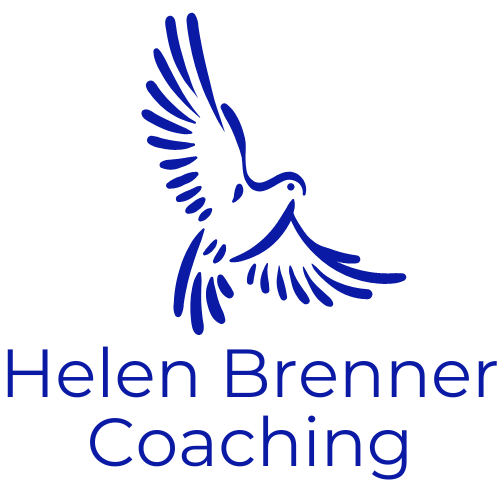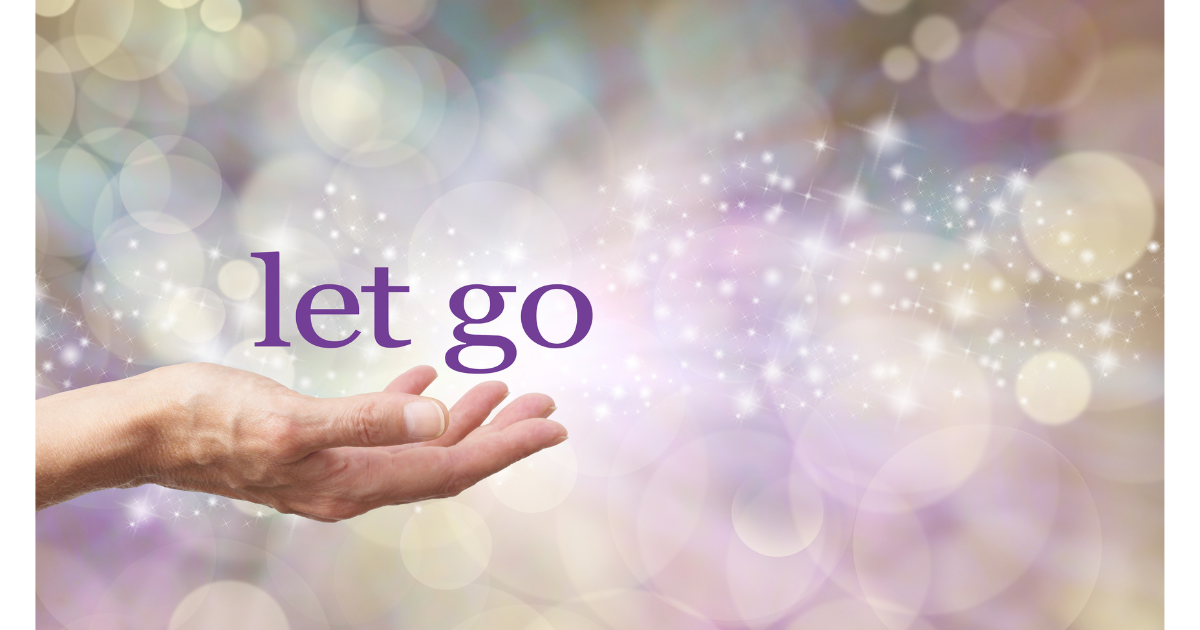Detaching from Attachment
A Journey of Healing and Self-Discovery
Attachment is as essential to humans as food and oxygen.
From the moment we are born, our need for connection is critical to our survival.
Babies who are deprived of love and physical touch suffer from failure to thrive—
a clear sign that attachment is not just emotional but biological.
Some may refer to it as "attachment issues," but if you look closely, attachment is simply part of being human.
Whether the attachment is positive, negative, healthy, or unhealthy, we connect to people, places, and ideas. It’s inevitable.
A Lifetime of Attachment: My Parents' Story
Growing up, I saw the epitome of attachment in my parents.
They were married for 63 years, and when my dad passed away, my mom was shattered.
Being in her 80s, she felt like her journey had ended alongside his.
She wasn’t just grieving; she was questioning the point of continuing without him. For her, life without my dad felt like it had lost its meaning.
It’s understandable—after a lifetime together, their attachment was the foundation of her existence, and she couldn’t imagine going on without him.
But not all attachments, or responses to loss, are the same.
Early Unhealthy Attachments: Chasing the Wrong People
When I was in my early 20s, I attached myself to people who, in hindsight, were completely wrong for me.
I’d show up where they were, obsess over them, and convince myself we’d be perfect together.
And let me be clear—there was no evidence to support this fantasy. No mutual attachment. No signs of a relationship.
Just my insecure self desperately clinging to the idea of connection.
At that time, my self-esteem was so low, I couldn’t find the real me.
Instead, I latched onto people, convinced that they would somehow "complete" me.
Healing by Detaching from Attachment
It wasn’t until I began my healing journey that I realized how destructive this was.
I had to detach from the very idea of attachment.
It was an eye-opening experience, one that forced me to confront my insecurities and face the deeper truths about who I was.
I had to stop searching for validation through others and instead turn inward to find the strength I had always carried within me.
A Healthy Connection: My Love with Jim
Years later, I met Jim, and everything was different.
The love we shared was deep, mutual, and healthy.
For the first time in my life, I experienced what a true, fulfilling connection felt like.
Jim loved me for who I was, not for the version of myself I thought I had to be.
And I loved him just as deeply.
When he passed away, the devastation was overwhelming.
Unlike my mom, though, I was only 54. I had years ahead of me, but the challenge was figuring out how to go on without him.
Grief and the Risk of Unhealthy Attachment
The grief felt paralyzing, and there were moments when I questioned how I could move forward.
But unlike my mom, I knew that I had to keep going.
I wasn’t at the end of my journey,
and Jim would have wanted me to live fully, even in his absence.
However, that didn’t stop the attachment from turning unhealthy at times.
It became easy to lose myself in the devastation, just as my mom had done.
But the difference was that I had time ahead of me, and I had to find a way to turn that attachment into something healthier, something that would allow me to honor him while still living my life.
Finding Balance: Moving Forward without Losing Yourself
I’m not suggesting that we shouldn’t grieve.
Missing someone you love is natural and healthy.
But when the attachment becomes so consuming that it takes away from who you are, it becomes a problem.
Whether the attachment was never mutual, like in my 20s, or deeply fulfilling, like with Jim, we must find balance.
We must learn to detach in a way that allows us to continue living, growing, and finding ourselves again.
It’s essential to recognize that attachment, while a core human need, can also lead us astray if we aren't aware of its power over us.
In my journey, I learned that it's possible to love deeply and healthily without losing myself in the process.
Healing from unhealthy attachment takes time, but it’s also one of the most liberating experiences you’ll ever have.
If you find yourself attaching to people, ideas, or even memories that no longer serve you, ask yourself:
What am I really holding onto, and is it holding me back?
The first step to healing is acknowledging the attachments that weigh us down and finding the strength to let them go.
Conclusion
Attachment is a natural part of being human, but it’s also something we need to navigate carefully.
We can’t escape it, but we can choose how we respond to it.
By detaching from unhealthy attachments and nurturing the healthy ones, we give ourselves the space to heal, grow, and reconnect with who we truly are.
Just as we need food and oxygen, we need connection—but we also need the freedom to be whole on our own.
If this feels familiar, remember you’re not alone.
You can let go of unhealthy attachment and start living for yourself.
Reach out at the link below to set up a time to talk about how you can reclaim yourself!

